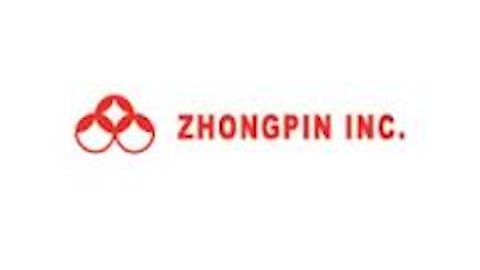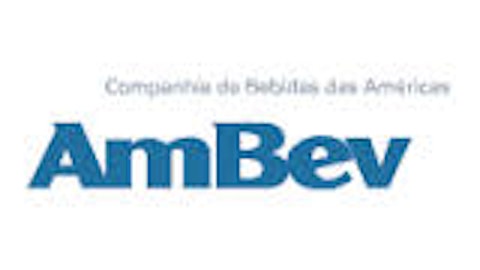EV/EBITDA
EV/EBITDA is defined as the enterprise value of a company divided by its earnings before interest, taxes, depreciation, and amortization. The enterprise value is simply an alternative to market cap which states that value of a company to investors, i.e. what it would sell for in a buyout. EBITDA is essentially a company’s net income with interest, taxes, depreciation and amortization added back in. It is used to measure profitability between companies as it takes financial and accounting decisions out of the picture.
EV/EBITDA tells us how a company is valued per dollar of EBITDA. A high EV/EBITDA means that a company is overvalued, while a low ratio means that it is undervalued. All things being equal, the lower the ratio the better. Generally, dividing EV by any valuation metric will give an idea of a company’s valuation multiple.
Here, Nathan’s and Anheuser-Busch have virtually identical EV/EBITDA ratios. Both are very low in comparison to Dole, whose ratio is incredibly high. The takeaway is that all of the companies are overvalued, but to varying degrees. The valuation multiples of Nathan’s Famous, Inc. (NASDAQ:NATH)’s and Anheuser-Busch are reasonable, while Dole Food Company, Inc. (NYSE:DOLE)’s is very high, indicating serious overvaluation.
Foolish conclusions
Anheuser-Busch InBev NV (ADR) (NYSE:BUD) came out on top in two of the three metrics. In TBVPS, it came in last by far, but it’s important to remember that every metric is just part of a larger picture, and should not make or break your decision about the stock. When looking at the company’s future, its free cash flow proves far more important–it recently allowed Anheuser-Busch to make the acquisition of Grupo Modelo in a deal valued at roughly $20 billion.
Anheuser-Busch InBev NV (ADR) (NYSE:BUD) considers Mexico the world’s fourth-largest beer profit pool, and believes that there is still room for growth. The acquisition of Modelo adds impressive growth potential to Anheuser-Busch, since it will now profit from the distribution of Modelo brands such as Corona. On top of this, Anheuser-Busch should be able to leverage its own brands through Modelo’s network. This is a win-win for Anheuser-Busch, and I would look for its earnings to soar going forward.
Nathan’s Famous, Inc. (NASDAQ:NATH)’s also did very well; by all ratios except free cash flow, it was near the top. Like Anheuser-Busch, it was overvalued by all metrics but its free cash flow. In the hot-dog business, though, free cash flow isn’t so important and Nathan’s isn’t likely to seek any major acquisitions. I’d like to see more free cash flow, but in general its prospects are strong. Reflecting this is its growing net income, up 16.5% to $5.9 million.
Even better is the fact that its revenue has increased by 9.2% to $56.6 million. Since income is increasing faster than revenue, Nathan’s is demonstrating increased business efficiency. There’s no reason that this trend shouldn’t continue, and assuming it does Nathan’s Famous, Inc. (NASDAQ:NATH) is a great place to have your money.
Dole Food Company, Inc. (NYSE:DOLE), however, is a stock to watch out for. It seems to be far overvalued, and its free cash flow is very low. The company recently divested an unprofitable Asian division, but that’s not necessarily as good as it seems. Its remaining operations are now centered in Europe and North America, giving the company a drastically smaller footprint. As a result, its earnings will be rather less predictable.
The company is trying to pay off its outstanding debt and seems to be succeeding, but unless it makes strides to increase profit margins and diversify its operations a little more, it’s a stock to avoid in the long term. This summer, I’d stick with the hot dog and beer, and pass on the produce (at least when it comes to stocks).
Hunter Hillman has no position in any stocks mentioned. The Motley Fool has no position in any of the stocks mentioned.
The article Which Summer Staples Belong in Your Portfolio? originally appeared on Fool.com.
Copyright © 1995 – 2013 The Motley Fool, LLC. All rights reserved. The Motley Fool has a disclosure policy.






